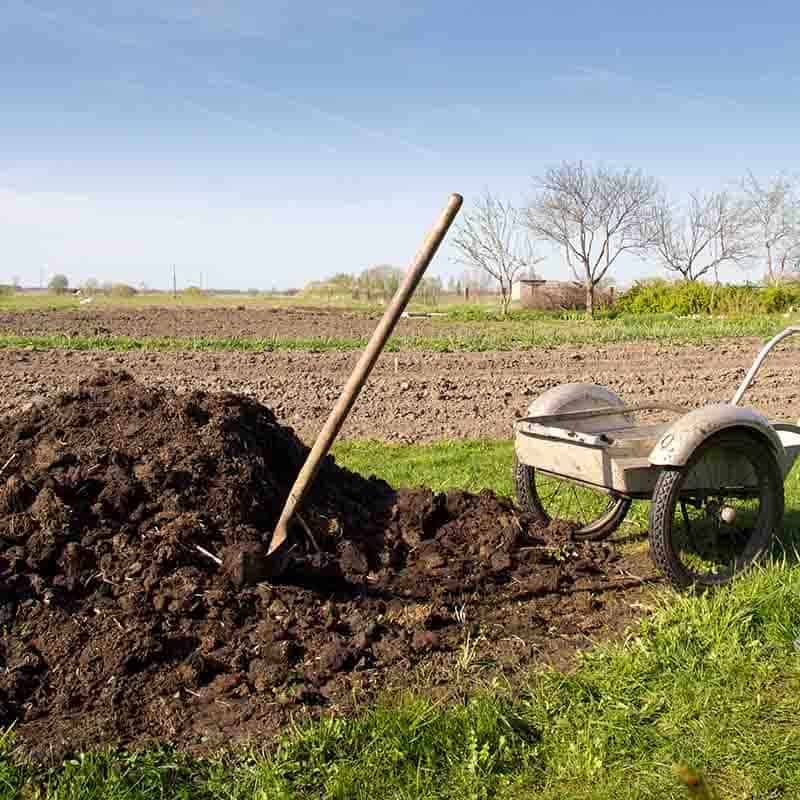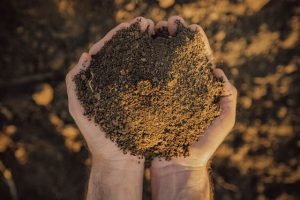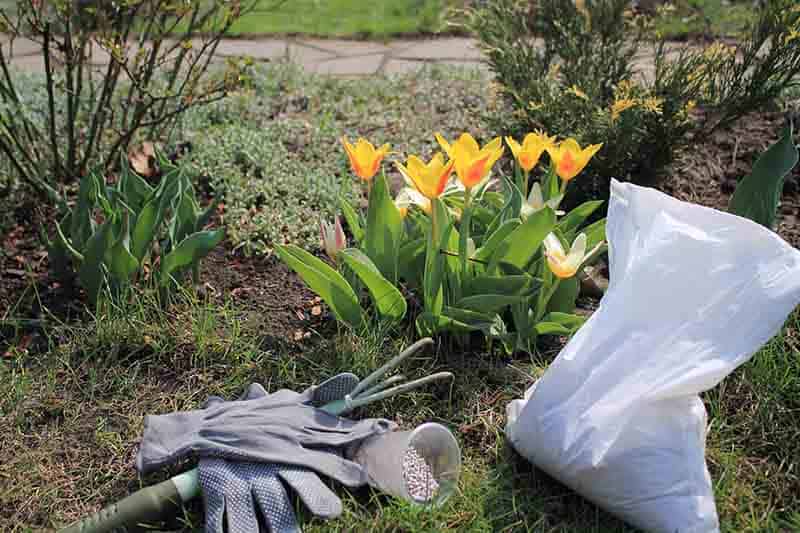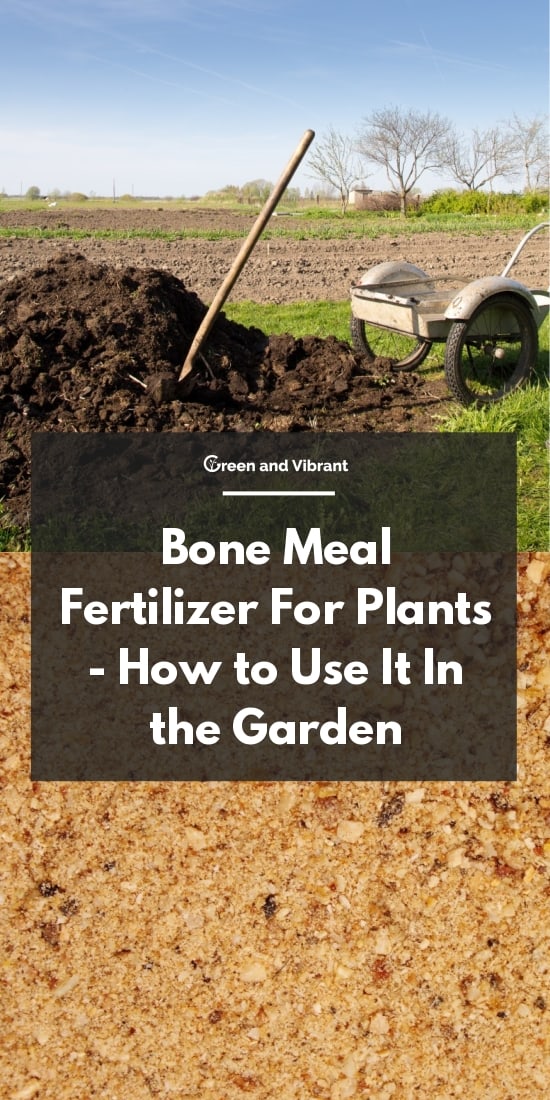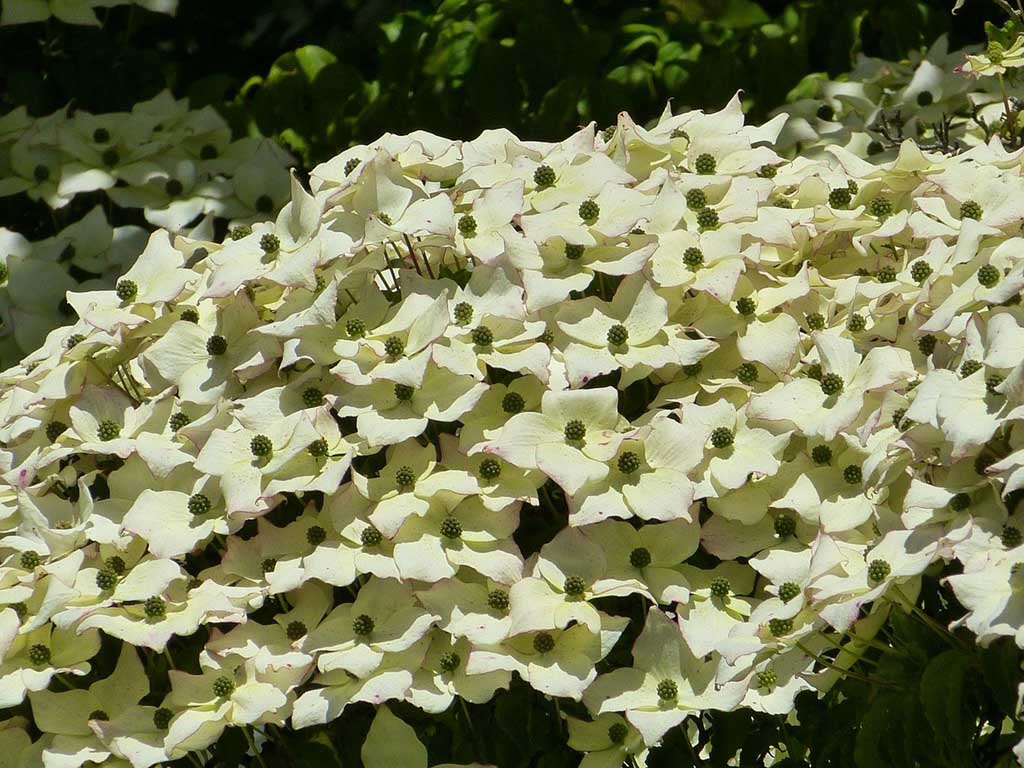Lettuces are such popular plants and dishes around the world that it's so ... Read More
- Home >
- How to Use Bone Meal Fertilizer in Your Garden
How to Use Bone Meal Fertilizer in Your Garden
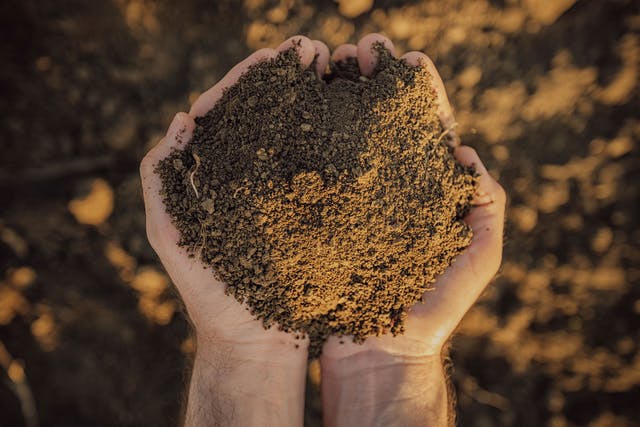
When it comes to gardening, your plants are only as healthy as the ground they grow in. The right soil amendments can make the difference between stunted plants or a stellar harvest. One often-overlooked natural nutrient source is bone meal fertilizer.
This soil amendment might be the secret to growing bigger flowers and better vegetables this year. Bone meal fertilizer can seem intimidating for garden novices, but if you take the time to learn its strengths, bone meal fertilizer may transform your growing season. Let’s explore how to use bone meal fertilizer in home gardens.
What Is Bone Meal Fertilizer?
As the name implies, bone meal fertilizer comes from animal bones that are cooked, sterilized, and crushed into a fine powder for use in the garden. This 100% organic fertilizer typically consists of cow bones procured from slaughterhouses, though pork or fish bones are also used. It gives you access to a sanitized, sped-up version of decomposition that benefits your plants.
In most cases, the bone meal powder is sold as is, but it may also be pressed into pellets or liquefied into nutrient-rich garden gold. While the ratio of nutrients can vary based on the supplier, bone meal fertilizer is approximately 15% phosphorus, up to 4% nitrogen, and a combination of other crucial compounds like calcium and carbon. Plant roots can access its nutrients so long as the soil they grow in is slightly acidic (a pH below 7.0 will suffice).
Don’t confuse bone meal fertilizer with blood meal. Though both come from byproducts of the meat industry, blood meal is derived from dehydrated blood and contains a higher nitrogen percentage than bone meal. Both promote plant growth, but offer different benefits.
6 Benefits of Bone Meal Fertilizer
1. It’s an excellent source of phosphorus
Bone meal fertilizer contains high concentrations of phosphorus, a nutrient essential for promoting both flowering and root growth. Phosphorus also helps plants convert sugars and starches into usable forms of energy.
2. It acts as a slow-release fertilizer
Bone meal breaks down over several months, which means it gives your plants continued access to phosphorus throughout the growing season. This means you can apply it once at the start of spring and forget about it for the rest of the summer.
3. It promotes better root structure
Bone meal fertilizer is an ideal soil additive for growing carrots, beets, potatoes, and other root crops. That’s thanks to its high level of phosphorus, which aids in healthy root formation. Bone meal fertilizer can also help establish perennials during their first year.
4. It boosts bloom and fruit production
Bone meal fertilizer enhances the beauty of ornamentals by encouraging bigger, brighter-hued flowers. It’s often applied to the base of rose bushes and hydrangeas as the buds are forming. It can also help plants set more fruit.
5. It’s an all-natural nutrient source
Forget fertilizers made from fossil fuels — bone meal fertilizer is an all-natural, 100% organic garden amendment that promotes soil health for the long run. Best of all, buying bone meal fertilizer means you’re supporting practices that reduce waste within the meat industry by putting more of the animal to use.
6. It may balance other forms of fertilizer
Most fertilizers are high in nitrogen, which can quickly become too much of a good thing by promoting leaf production at the cost of flowering or setting fruit. An infusion of bone meal fertilizer can rebalance the nutrient ratios, leading to healthier plants.
4 Drawbacks of Bone Meal Fertilizer
1. It may attract unwanted animal attention
The animal bone fragments within bone meal fertilizer may smell like a free buffet to your local scavengers. Some gardeners find this amendment encourages raccoons and neighboring dogs to dig through their garden beds, resulting in damage to the plants.
You can reduce this risk by investing in bone meal fertilizer that’s been steamed and sterilized to minimize its scent prior to purchase.
2. It won’t benefit all soil types
Bone meal fertilizer only works in acidic soil. It’s best to only consider this compound if your soil’s pH is 7.0 or below.
If the soil’s pH level is above 7.0, it contains high amounts of calcium. This will bind to the phosphorus within the bone meal and create a compound called calcium-phosphate that makes it impossible for plant roots to absorb.
3. There are potential safety concerns for kids and pets
While bone meal fertilizer is all-natural, it isn’t safe to eat. This garden compound poses a slight risk for children and pets who play in the dirt. Consuming it can cause its shards to fuse into a ball within the stomach and potentially block up the digestive system.
To reduce this risk thoroughly blend the fertilizer into the soil when applying it.
4. It has a possible chance of disease transmission
In 2011, concerns mounted that handling bone meal fertilizer may put users at risk of contracting animal diseases like Bovine spongiform encephalopathy (Mad Cow Disease).
The good news is that all commercially-available bone meal fertilizer undergoes rigorous testing to ensure it’s disease-free before landing on garden store shelves.
How to Apply Bone Meal Fertilizer to Plants
As with all plant care strategies, your application of bone meal fertilizer depends on the specifics of your growing system. Here are three primary ways gardeners use bone meal fertilizer:
In garden beds
The general rule for using bone meal fertilizer in garden beds is to plan for one pound of powder or pellets per 10 square feet of growing space, or approximately a tablespoon per planting hole if you’re putting in transplants.
Start by sprinkling the bone meal over your garden bed and then stir it in until well blended with the top few inches of soil. Not only will this put the fragments closer to your plant roots, it further dilutes any lingering scent that could draw in hungry animals. Water thoroughly afterward to work the fertilizer further into the soil.
Each dose of bone meal fertilizer should take approximately four months to break down. You can reapply it if your plants are still in the growth stage.
If you’re using a liquid fertilizer instead of powder, dissolve it at a ratio of four to eight tablespoons per gallon of water, and apply it to garden beds weekly throughout the growing season.
In container gardens
Bone meal fertilizer can perk up container plants and help stimulate flower and fruit development. You’ll want to apply it once or twice throughout the growing season to ensure that you balance it out with other forms of fertilizer and give your plants the necessary nitrogen and potassium.
Follow the instructions on the fertilizer package to get the concentration right. Take care not to use the fertilizer too close to the plant roots because you might burn them.
Note: Consider applying two parts wood ash to one part bone meal to your container plants so they get plenty of potassium as well.
You can apply liquid fertilizers similarly to how you would do so for garden beds at a concentration of four to eight tablespoons per gallon per week.
In a hydroponics system
Bone meal fertilizer is perfect for water-based growing, especially if you use it in liquid form. However, application instructions are less standardized and you’ll need to calculate how much to use based on your specific system.
Generally, phosphorus is recommended at concentrations of 30-50 ppm (parts per million) within the nutrient solution for growing. Plan to test your nutrient solution often and adjust the amount of bone meal fertilizer you add to maintain this concentration.
Frequently Asked Questions
Should I do a soil test first?
Absolutely. Applying bone meal fertilizer to ground that doesn’t need it is a waste of time and money. It’s best to invest in a soil test before applying this fertilizer to ensure your soil is acidic enough for plants to absorb it.
Can I make my own bone meal fertilizer?
If you have a supply of beef or pork bones on hand, it’s possible to make bone meal fertilizer. You need to thoroughly clean the bones before baking or dehydrating them until the point of being brittle. Grind them into a fine powder, and you’re ready to apply it to your plants.
Learn more from Vanilla Ventures.
Is there such thing as too much bone meal fertilizer?
As with most forms of garden amendments, it’s possible to over-apply bone meal fertilizer.
Too much phosphorus in the soil can disrupt the balance between soil-borne fungi and your plant roots, preventing them from absorbing it. Likewise, rainstorms can wash any excess bone meal fertilizer into nearby water systems, where it can trigger algae blooms and harm the ecosystem.
For these reasons, it’s best always to measure out your fertilizer before use, so you only use precise amounts.
Related Content
-
Growing Lettuces At Home – What You Need To Know
-
25 Fabulous Small Backyard Ideas
Have you ever dreamt of owning your own slice of private paradise? With a ... Read More
-
The Best Grow Tents of 2023
If you don’t have a permanent structure for your garden or you want total ... Read More
-
20 Cool & Thoughtful Gifts For Gardeners
window.adthrive.cmd.push(function() { window.adthrive.disableAds(); }); ... Read More
